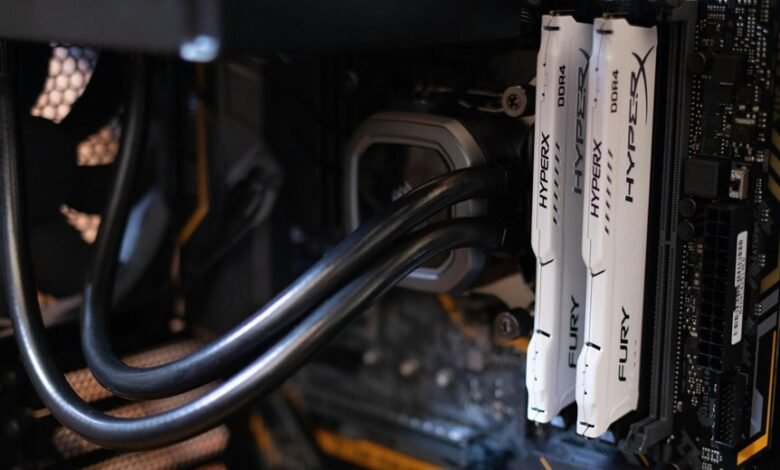How 7206778075 Is Improving Network Performance

The introduction of identifier 7206778075 marks a significant advancement in network performance optimization. Its sophisticated load balancing and traffic management capabilities streamline resource allocation, effectively reducing congestion points. This ensures that critical data packets are prioritized, leading to noticeable enhancements in latency and transmission speeds. As networks evolve, understanding the implications of such technology becomes essential for maintaining robust connectivity in increasingly demanding digital environments. What lies ahead in this transformative journey?
Understanding the Technology Behind 7206778075
The technology behind the identifier 7206778075 encapsulates a range of network performance metrics that are crucial for efficient data transmission.
It adheres to established technology standards, ensuring compatibility across diverse network architectures.
Key Features That Enhance Network Efficiency
While various features contribute to network efficiency, several key elements stand out as particularly impactful.
Load balancing optimizes resource distribution across multiple servers, preventing bottlenecks.
Traffic management techniques prioritize data packets, ensuring critical information is transmitted swiftly.
Together, these features enhance overall performance, reduce latency, and maintain a seamless user experience, granting users the freedom to operate without hindrance in dynamic network environments.
Impact on Latency and Data Transmission Speeds
Key features that enhance network efficiency, such as load balancing and traffic management, directly influence latency and data transmission speeds.
Through advanced latency reduction techniques, network systems achieve significant improvements in responsiveness.
Moreover, transmission optimization strategies facilitate faster data flow, minimizing bottlenecks.
Collectively, these enhancements not only boost user experience but also empower organizations to fully leverage their network capabilities for optimal performance.
Future Implications for Telecommunications and Connectivity
How will advancements in network technology shape the future of telecommunications and connectivity?
The emergence of 5G advancements is set to redefine connectivity trends, enabling faster data transfers and reduced latency.
This evolution fosters greater autonomy in communication systems, enhances IoT integration, and supports emerging technologies like smart cities.
Ultimately, these developments promise a more interconnected and liberated digital landscape for users worldwide.
Conclusion
In conclusion, the implementation of Identifier 7206778075 marks a significant advancement in network performance, driven by its sophisticated load balancing and traffic management capabilities. Notably, studies indicate that organizations employing such technologies can achieve up to a 30% increase in data transmission speeds, underscoring its potential to revolutionize connectivity. As demands for higher bandwidth and lower latency continue to rise, 7206778075 stands as a pivotal innovation, shaping the future of telecommunications and enhancing user experiences across various platforms.




